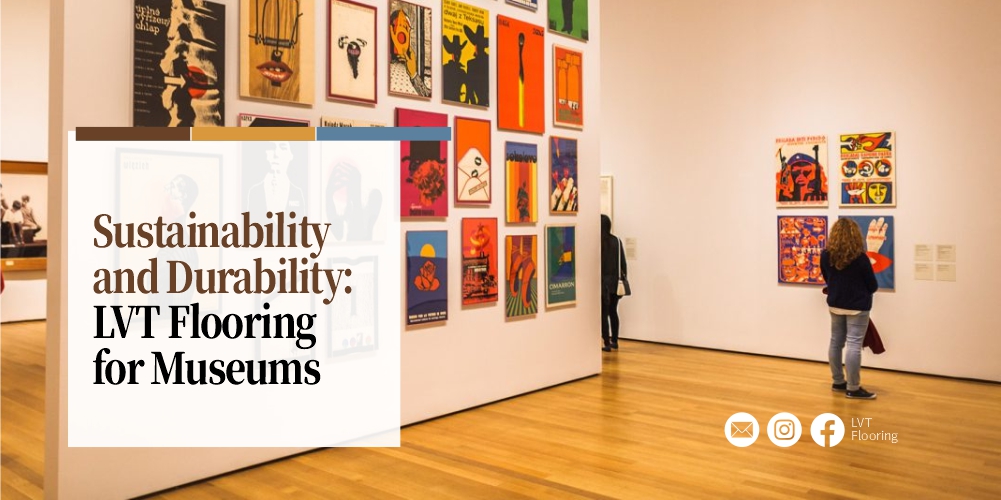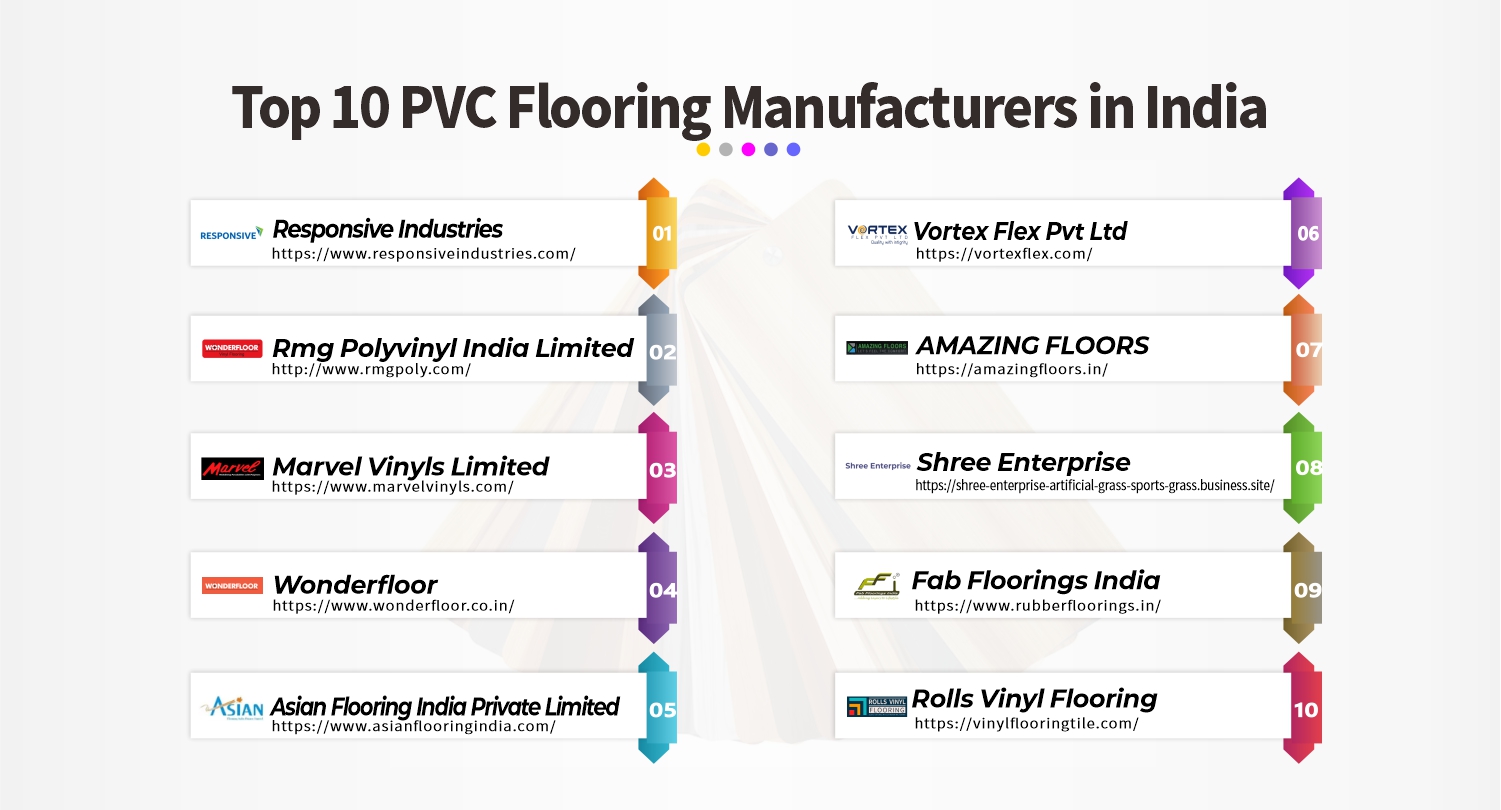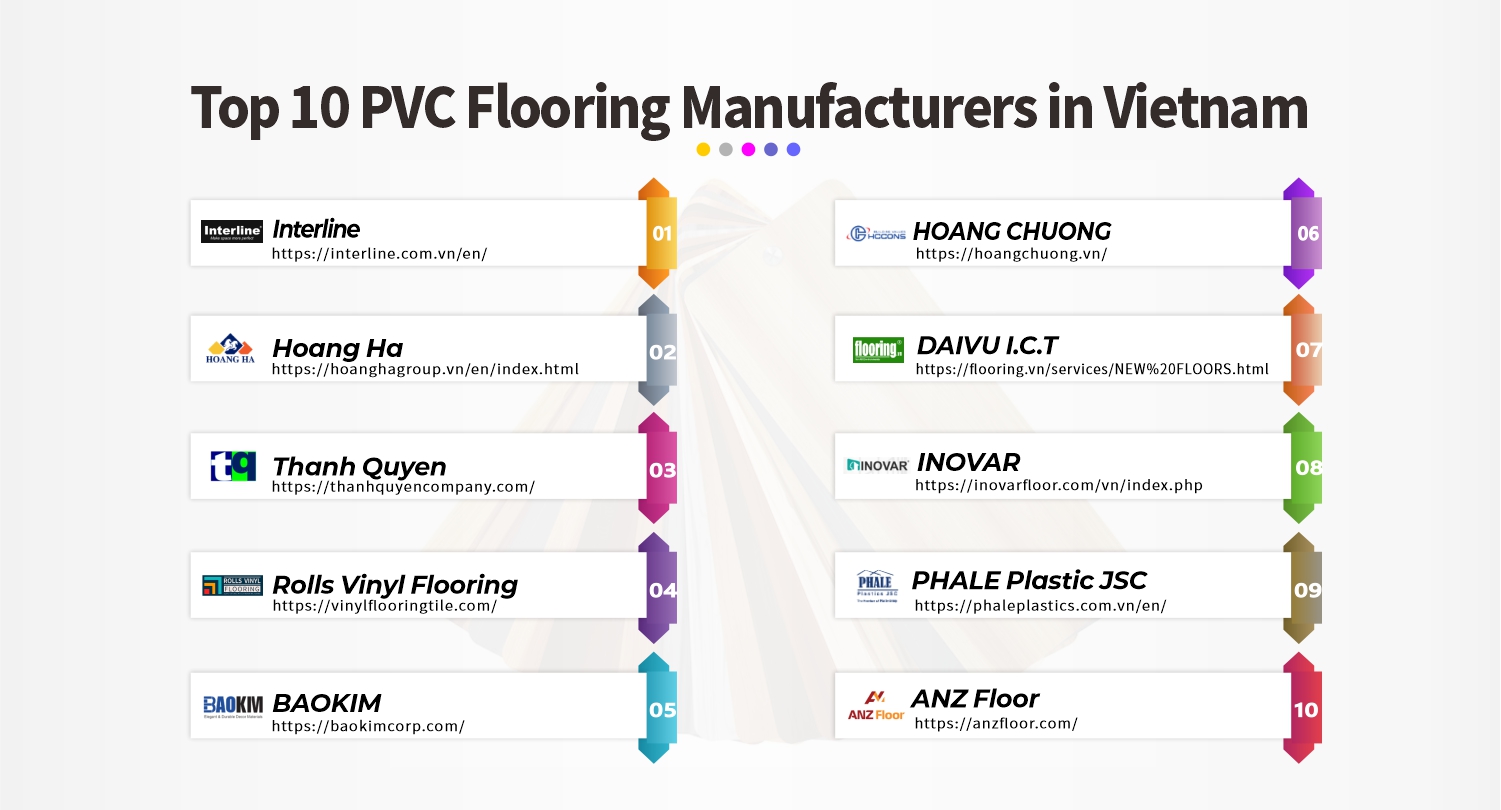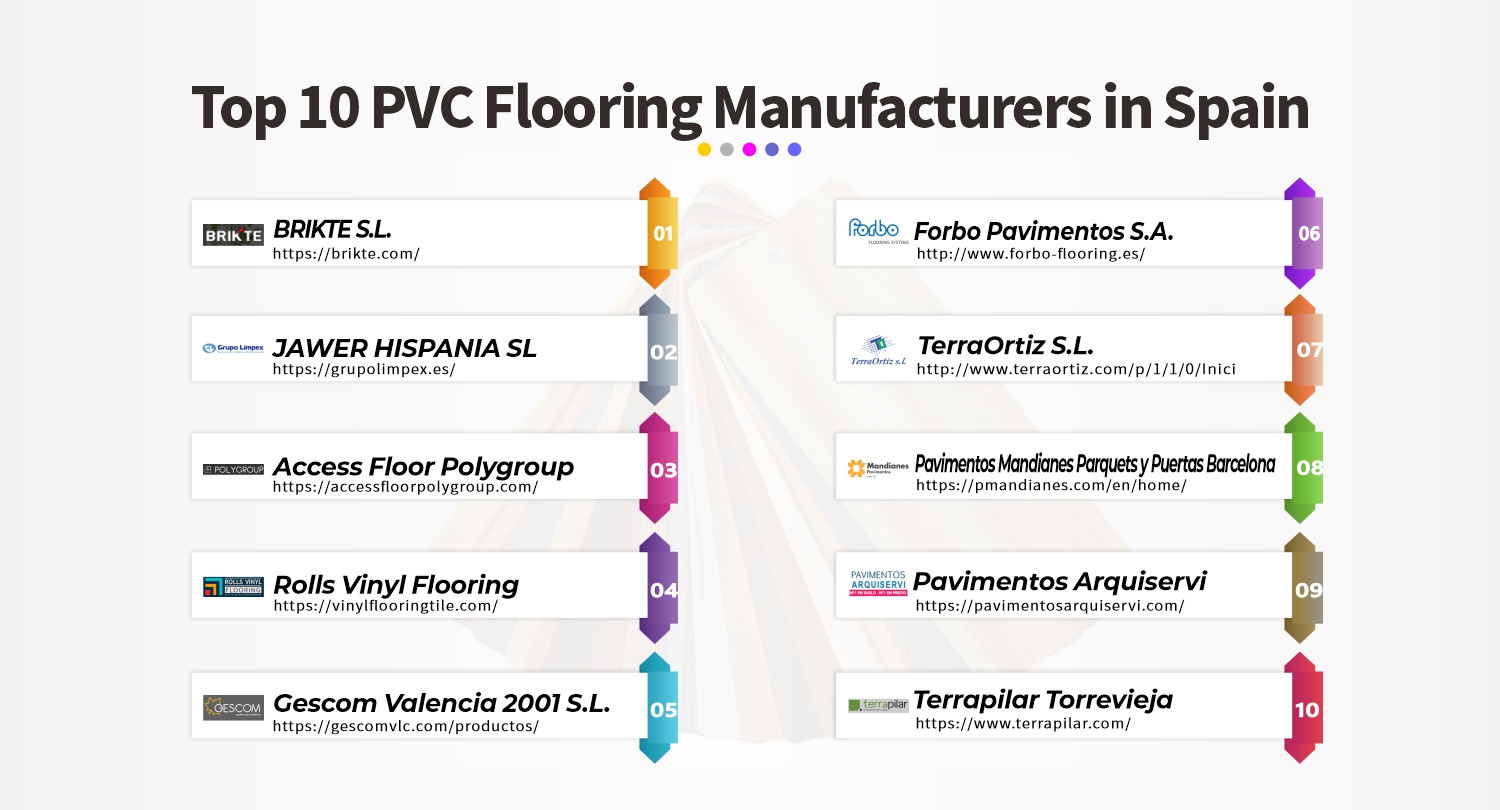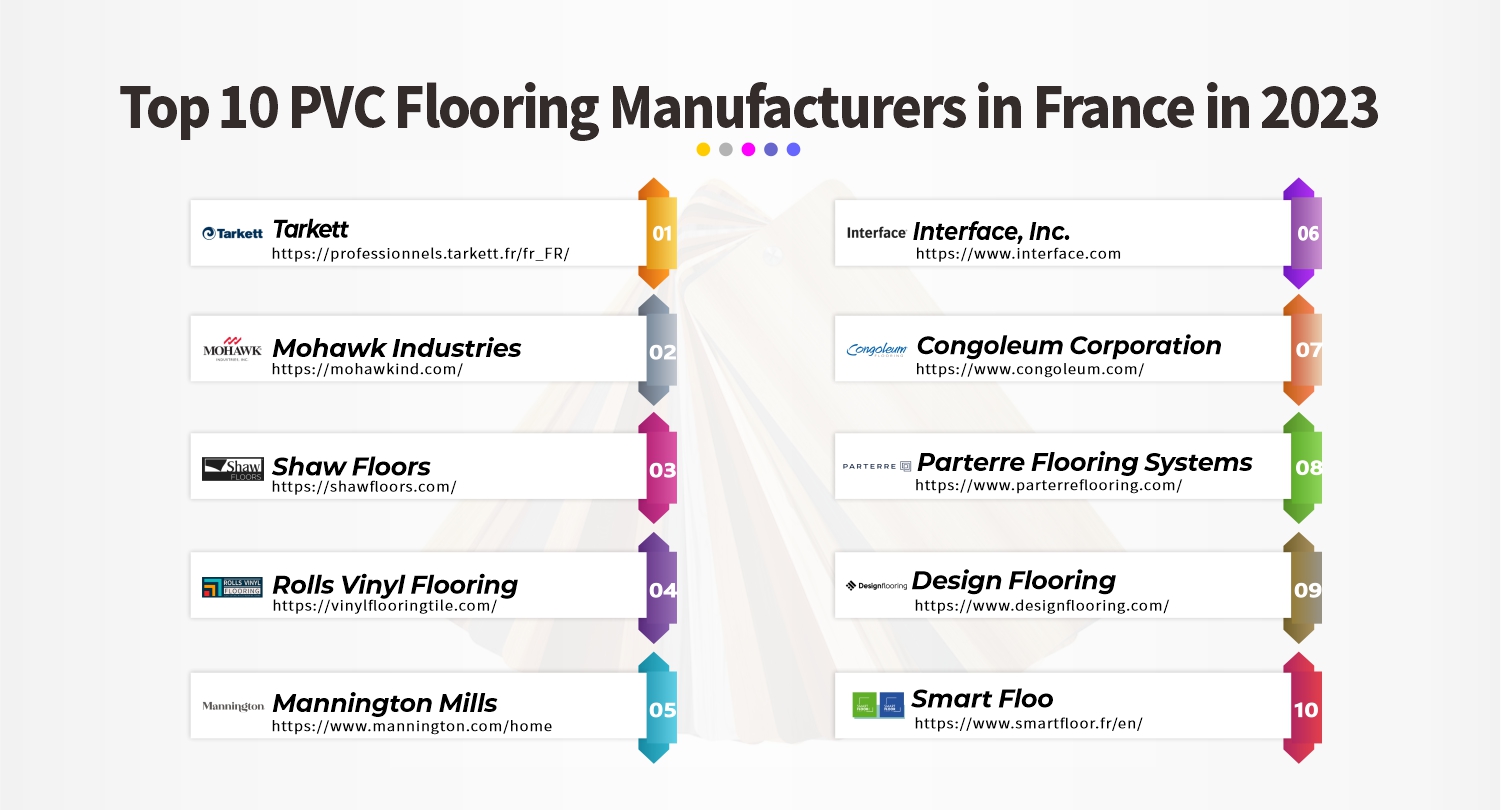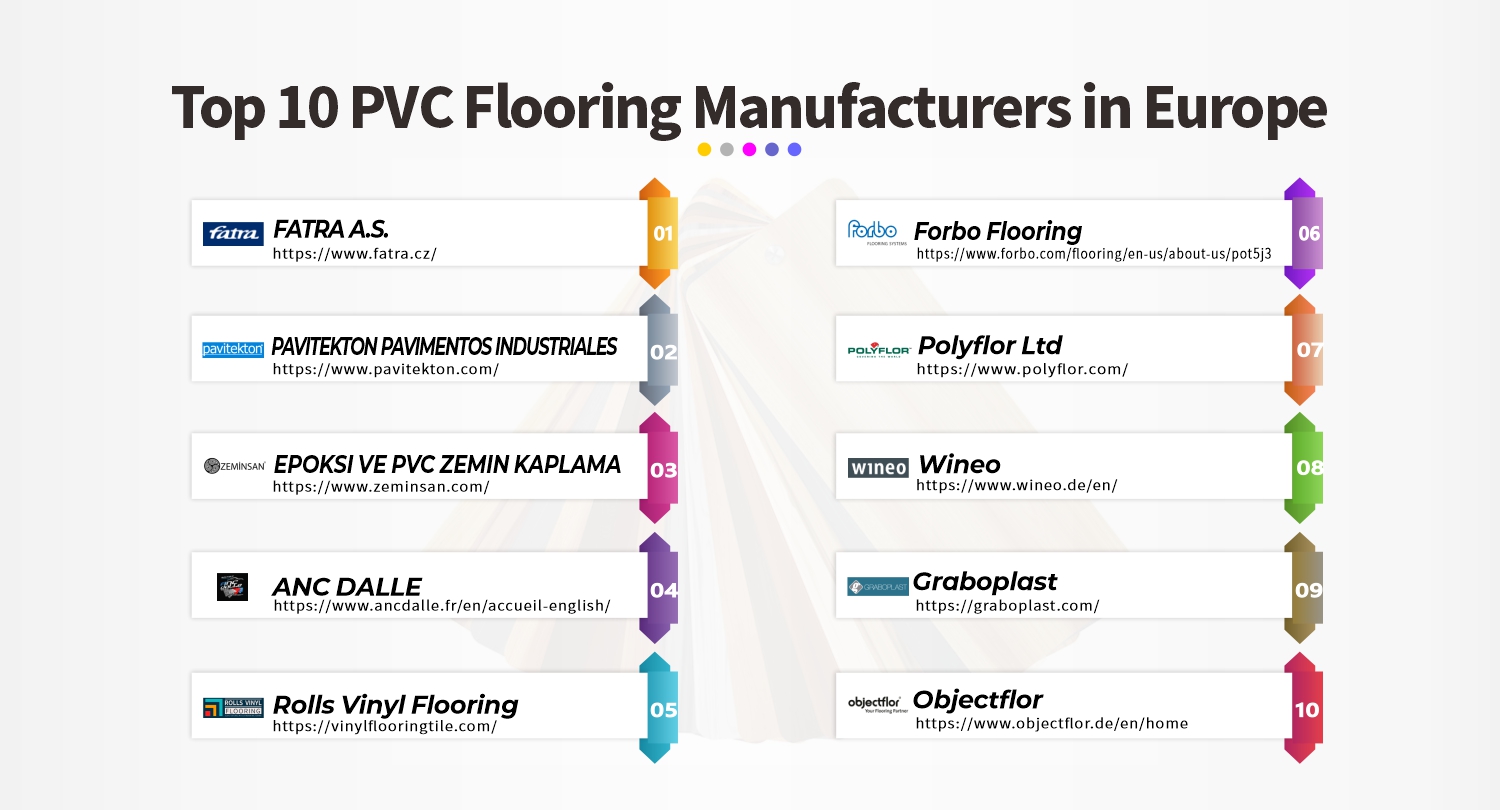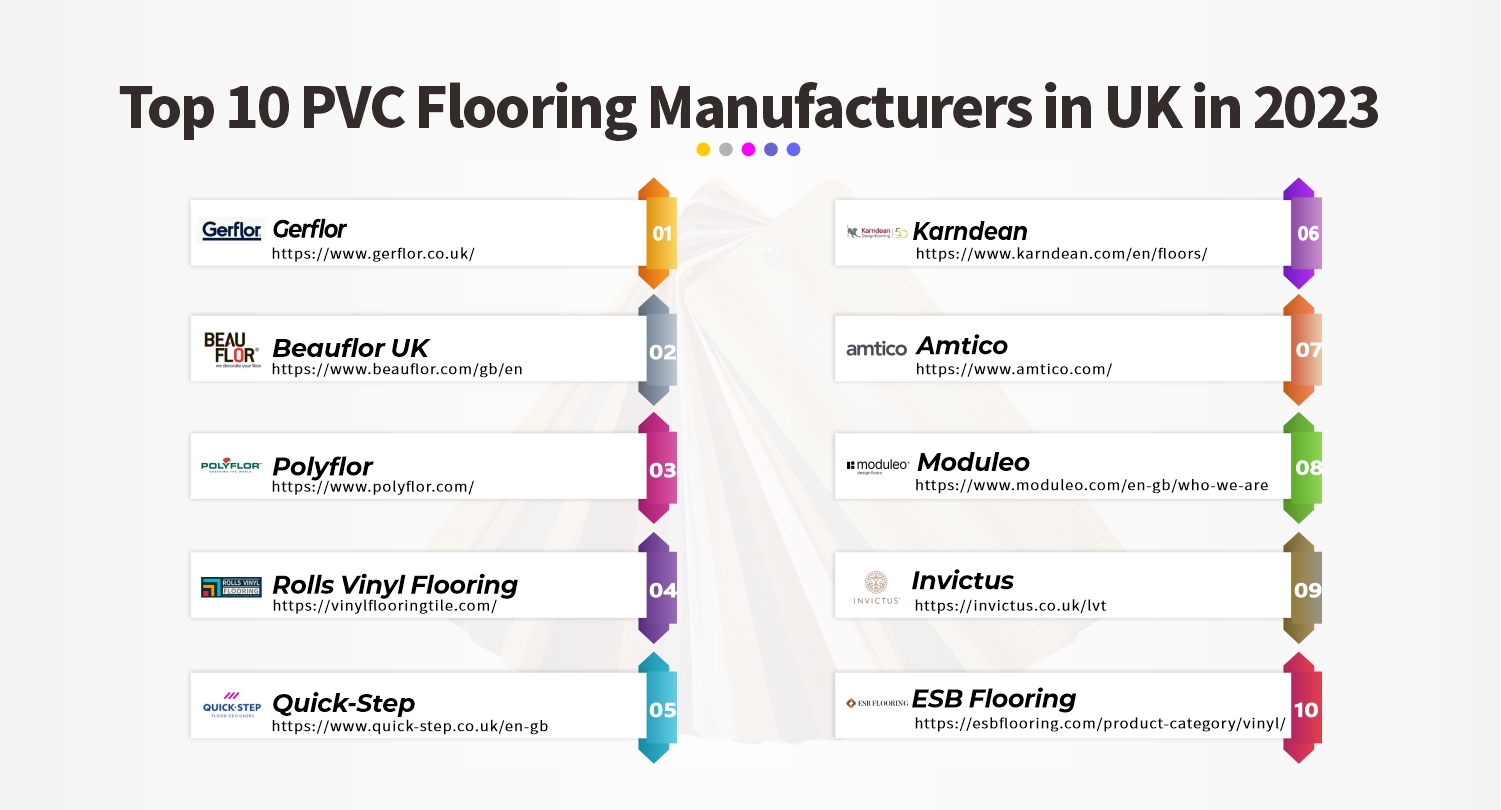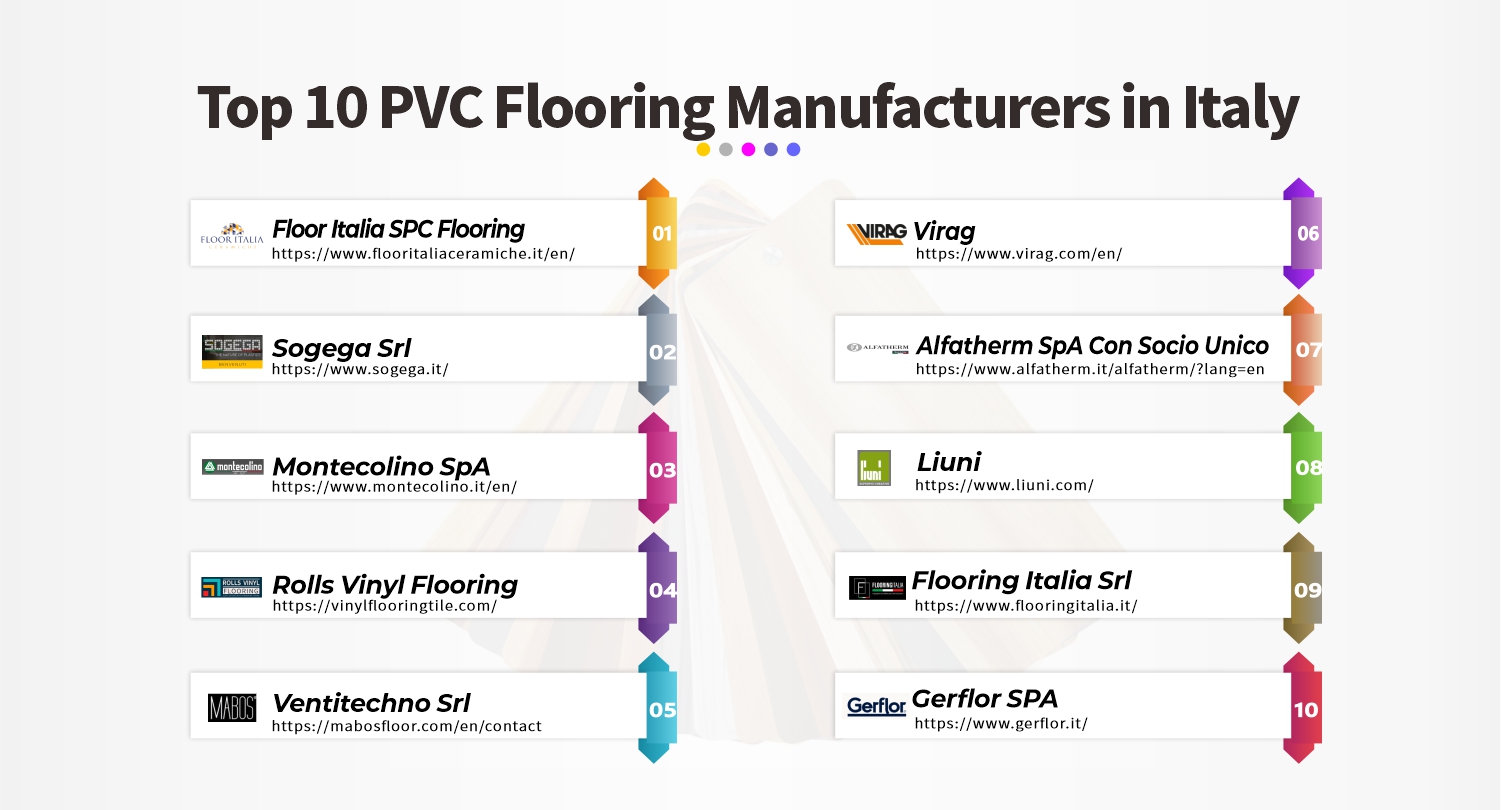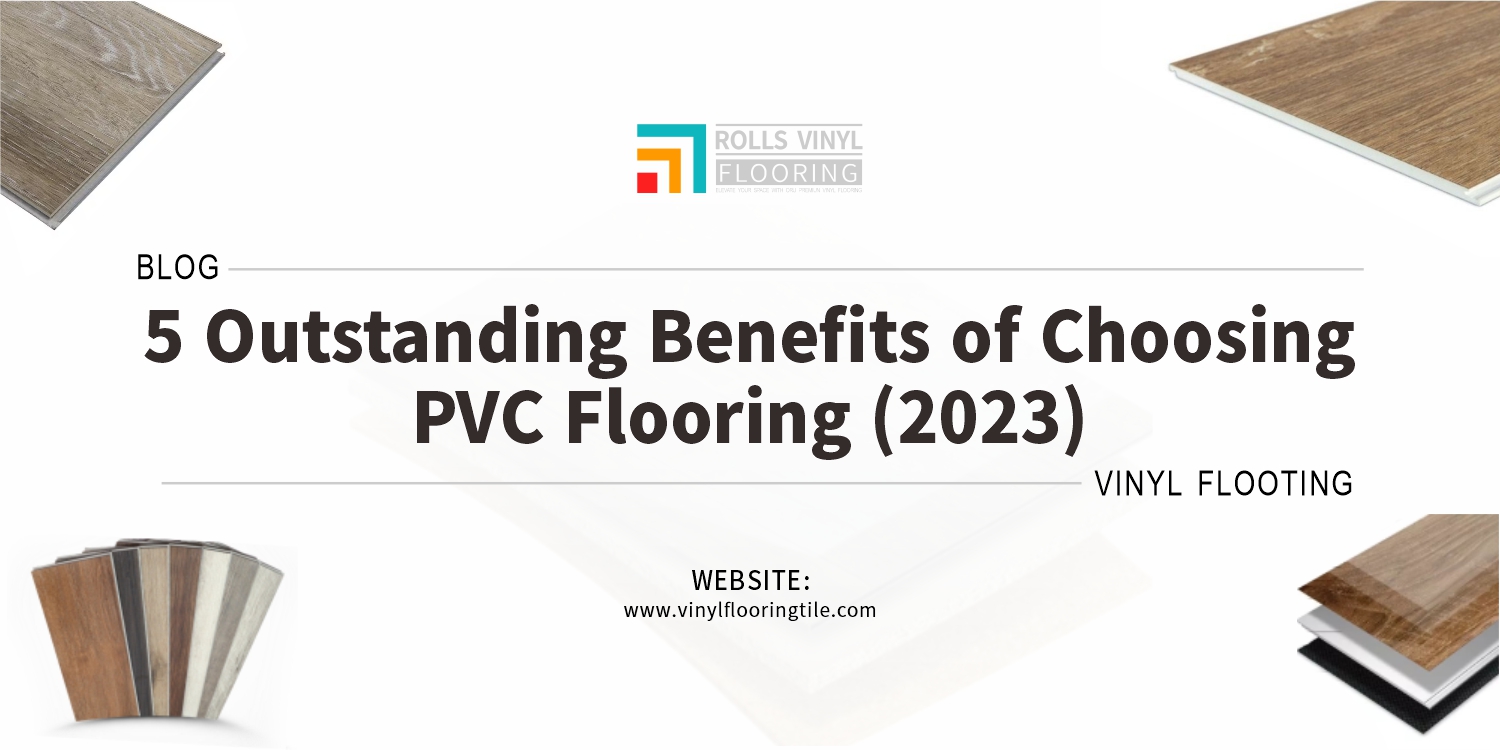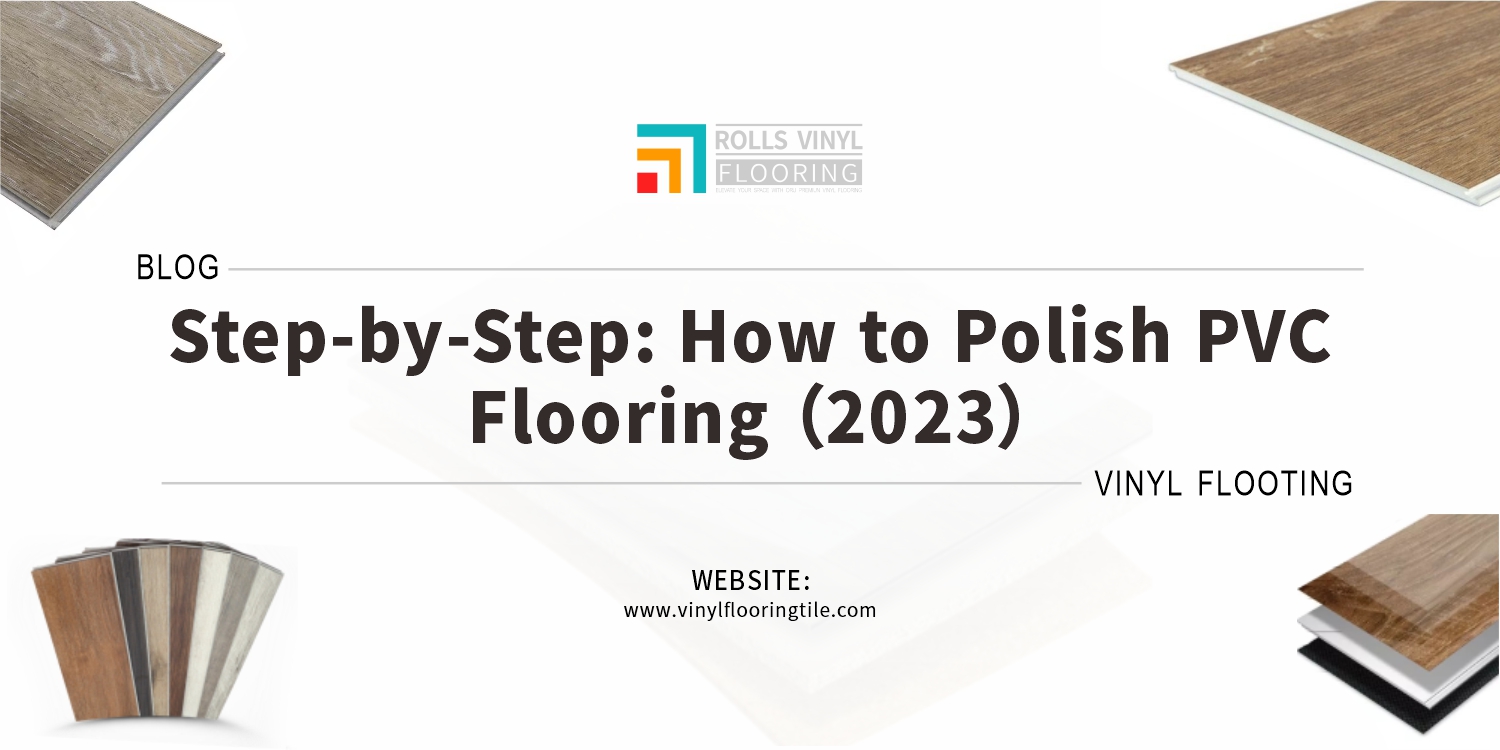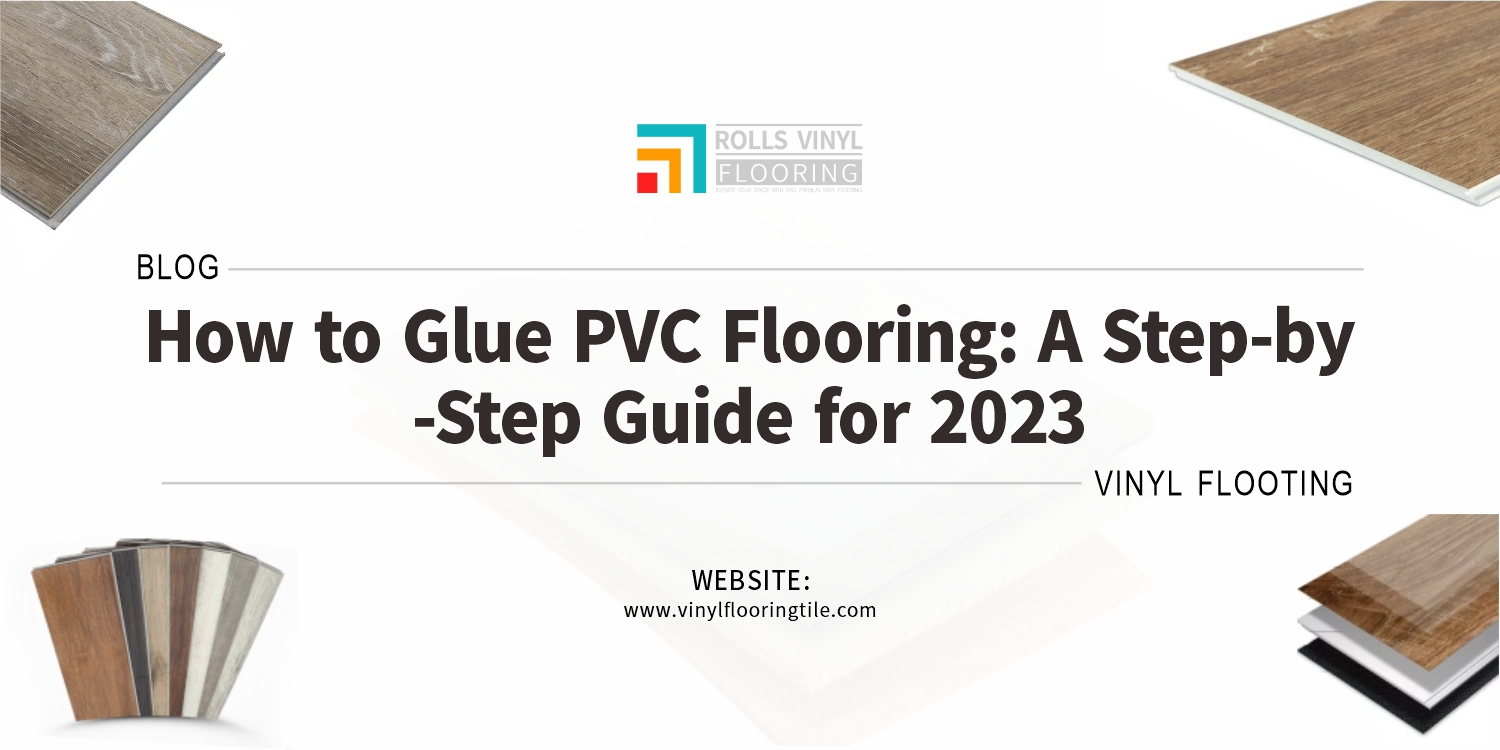Luxury Vinyl Tile (LVT) flooring has become a popular choice for museum exhibits due to its durability, versatility, and sustainability. In this article, we will explore the sustainability and durability of LVT flooring for museums in more detail.
LVT flooring is the perfect choice for museums looking to create a sustainable, durable environment. It offers these qualities, as well as a variety of design options to complement the exhibits. With a range of textures and colors, it is ideal for a range of applications in museum galleries.
Know more about LVT flooring including how to choose the right flooring type for museums. Consider the factors before buying one and explore the specific features to look for. Understand the benefits and the application of LVT flooring in museums.
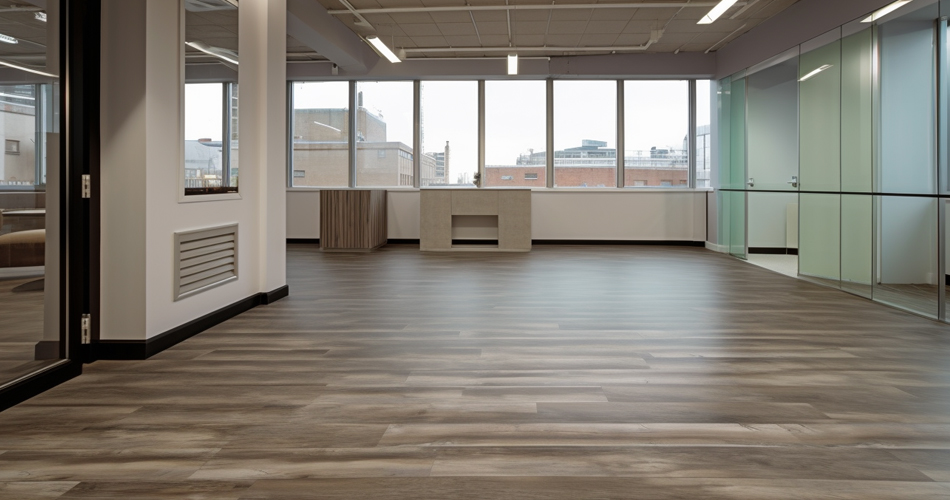
What is LVT flooring?
LVT (luxury vinyl tile) flooring is a type of vinyl flooring that is constructed with multiple layers of PVC (polyvinyl chloride) and is designed to mimic the look and feel of natural stone, wood, or ceramic tile flooring.
It is softer and warmer to the touch than traditional vinyl tiles and is available in a variety of colors, patterns, and styles. LVT flooring is highly durable and long-lasting, and it can be installed over most existing subfloors. It is also easy to maintain and can be cleaned with a damp mop or vacuum.
How to Choose the Right LVT Flooring for Museums
Factors to consider
1.Foot traffic and usage
Different types of LVT flooring can handle different levels of foot traffic and usage, so it is important to choose a product that is suitable for the environment. For museums that receive a high level of foot traffic, it is important to choose a product that is durable and able to withstand heavy use.
For these environments, it is best to choose an LVT product that features a wear layer that is designed to withstand high levels of traffic. It is also important to choose a product that is designed to resist staining and other types of damage, as these environments are often prone to spills and other accidents.
2.Environment and Climate
The flooring should be chosen based on sustainability and durability. It should also be designed to withstand specific climate and environmental conditions. For example, in a museum with high levels of humidity, LVT flooring with a higher moisture resistance rating would be preferable.
In terms of sustainability, LVT flooring made of recycled materials is an environmentally-friendly choice. It should also be designed to be easily repairable and replaceable so that it can last longer and reduce waste. Lastly, when it comes to climate, the flooring should be chosen to provide insulation, as well as be able to withstand extreme temperatures.
3.Installation process
LVT flooring is known for its versatility and durability, so it is important to make sure that it is properly installed to ensure that it can withstand the stress of foot traffic and museum activities.
4.Aesthetics
It is important to choose a flooring option that will both complement the museum’s aesthetic and ensure that it is durable and low maintenance. LVT flooring is a great option for museums, as it is both attractive and long-lasting. It is available in a variety of styles, colors, and textures, making it easy to find a flooring option that will perfectly suit the museum’s aesthetic.
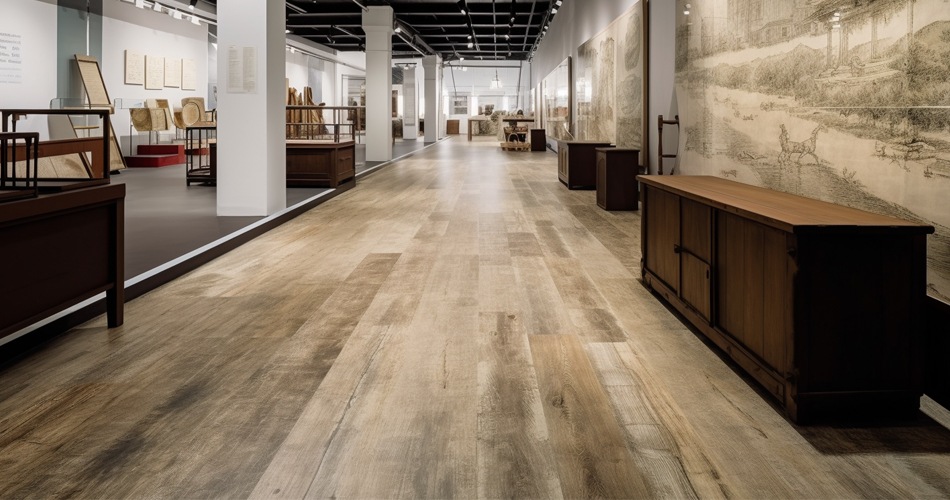
Specific features to look for
1.Moisture resistance
Museums often experience a lot of foot traffic, which can cause moisture buildup on the floor. If the flooring is not moisture-resistant, it could become warped or damaged over time. Moisture-resistant LVT flooring can help protect the flooring from water damage, as well as dirt and debris.
Moisture-resistant LVT flooring can also help to prevent mold and mildew growth, as well as provide a more sanitary environment. Additionally, moisture-resistant LVT flooring can help to extend the life of the flooring, as it is more durable than other types of flooring.
2.Anti-slip properties
Museums are often full of visitors and can become quite crowded, which increases the risk of slips and falls. Anti-slip flooring helps to reduce the risk of falls and injuries, protecting both visitors and museum staff.
Anti-slip LVT flooring is designed to provide an extra level of grip and stability, even when wet, which is ideal for museums that may be exposed to large amounts of foot traffic, moisture, and other environmental factors. Anti-slip LVT flooring adds an extra layer of safety, providing peace of mind for both museum staff and visitors.
3.Noise reduction
Many museums contain a variety of exhibits and displays that can cause loud reverberations throughout the space. Installing LVT flooring with noise reduction properties will help to reduce the amount of sound that is transmitted through the floor and create a quieter environment for museum visitors.
Noise reduction LVT flooring can also help to reduce the amount of sound that is carried from one exhibit or room to another, helping to create a more comfortable experience for museum-goers. Additionally, noise reduction LVT flooring can be beneficial in museums where there is a large amount of foot traffic, as it can help to reduce the amount of noise created by visitors walking around the space.
4.UV resistance
When choosing the right LVT flooring for museums, it is important to look for its UV resistance. This is because UV rays can cause damage to the material of the flooring, making it less durable and likely to require more frequent replacements.
UV-resistant LVT flooring is designed to resist fading and cracking from exposure to ultraviolet rays, making it a great choice for high-traffic areas such as museums.
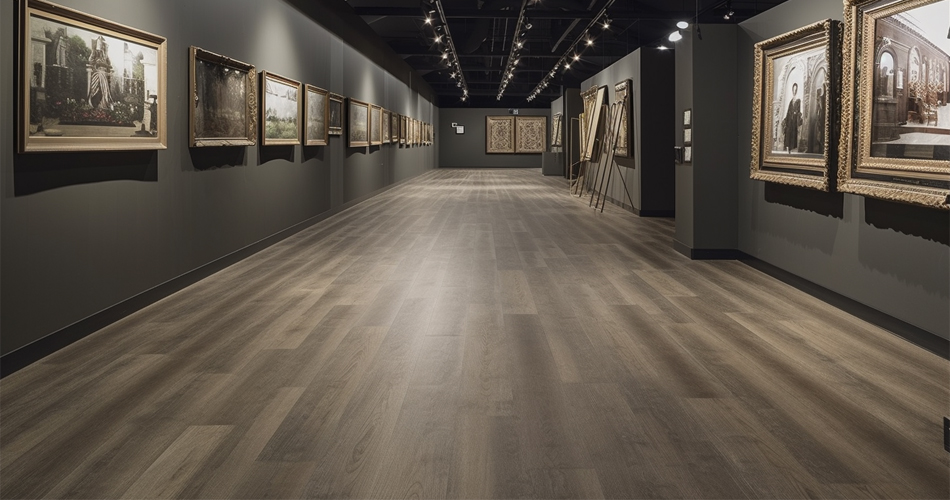
Benefits of LVT Flooring in Museums
Explanation of the benefits of LVT flooring in comparison to other flooring options
One of the primary benefits of LVT flooring is its durability. Its construction is designed to withstand heavy foot traffic and is resistant to scratches and scuffs. Additionally, it is waterproof and easy to clean, making it ideal for museums that may have to deal with spills or other messes.
Another major benefit of LVT flooring is its comfort. It is designed to provide a softer feel underfoot than traditional vinyl, which is great for long days spent walking around the museum. The softer feel also helps to reduce fatigue, which is important for museum staff who may be on their feet for long periods.
It is also a cost-effective solution for museum owners, as it is relatively inexpensive compared to other flooring options. It is also easy to install and maintain, making it a great option for museums that may be short on time or money.
Discussion of how LVT flooring can enhance the overall look and feel of a museum
LVT flooring offers an aesthetic appeal that is perfect for museums. It is available in a wide variety of colors and patterns to suit any style, from traditional to modern. The range of colors, textures, and patterns available makes it possible to customize the look of the museum’s flooring to create a unique and cohesive aesthetic. The flooring can be used to accentuate artwork or create a focal point in the space.
LVT flooring can also be used to create a non-slip surface, which is important in keeping visitors safe. With its sound-absorbing qualities, LVT flooring can also enhance the acoustics in the space, creating a more comfortable and enjoyable experience for visitors.
Explanation of how LVT flooring is durable, easy to clean, and low maintenance
LVT flooring is incredibly durable due to its strong construction and scratch resistance. The top layer of the flooring is composed of a durable, vinyl wear layer that helps to protect the flooring from scratches, dents, and stains. Additionally, the core layer of LVT flooring is made of a waterproof composite material that helps to provide extra protection.
LVT flooring is also very easy to clean and maintain. The top layer of the flooring can be cleaned by simply sweeping, vacuuming, or mopping with a mild detergent. For more stubborn stains, a mild soap and water solution can be used. Additionally, the flooring does not require waxing or polishing.
Finally, LVT flooring is very low maintenance. The top layer is designed to last for several years without needing to be replaced. Additionally, the flooring does not require periodic refinishing or sealing, which helps to reduce the amount of time and money spent on maintenance.
Application of LVT Flooring in a Museum
Overview of a specific museum that has implemented LVT flooring
The Museum of Modern Art (MoMA) is one of the premier art museums in the world, known for its collection of modern and contemporary art. In recent years, the museum has implemented Luxury Vinyl Tile (LVT) flooring in many of its galleries and exhibition spaces. This move has been an integral part of MoMA’s commitment to providing an aesthetically pleasing and safe environment for its visitors.
Discussion of the challenges faced and solutions provided during the implementation process
One of the biggest challenges is the need to maintain an environment that is conducive to preserving the artifacts and collections on display. LVT flooring is a durable and cost-effective flooring solution, but it can be easily damaged by humidity and temperature fluctuations.
To ensure that the environment is properly maintained and the LVT flooring is not damaged, the museum must install and maintain a climate control system. This system will ensure that the temperature and humidity in the museum are kept at optimal levels, which will preserve the integrity of the LVT flooring and protect the artifacts and collections on display.
Explanation of the results achieved through the use of LVT flooring in the museum
LVT flooring is extremely durable and can withstand the constant foot traffic that occurs in museums. This flooring is also easy to clean and maintain, making it ideal for a museum setting. Additionally, LVT flooring can absorb sound and reduce noise, which is important in a museum where people are trying to take in the exhibits and listen to lectures.
The visual appeal of LVT flooring is also a major benefit. LVT flooring comes in a variety of colors and designs, allowing museums to customize the look of their space. This helps create an inviting environment and can be used to enhance certain exhibits.
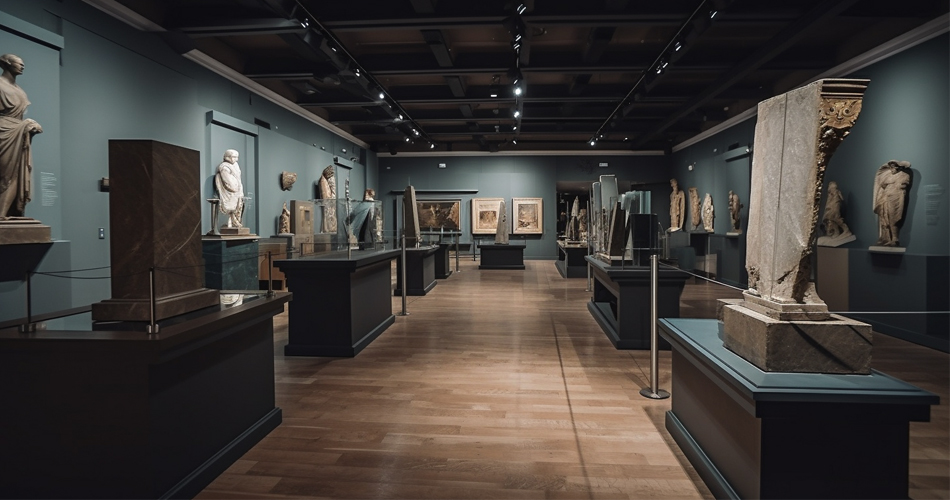
LVT flooring is a great choice for museum floors due to its sustainability and durability. It is low-maintenance and very easy to clean, while also providing a stylish and modern look. With its low VOCs and low impact on the environment, it is a great option for museums looking to reduce their carbon footprint. With its long lifespan and excellent resistance to wear and tear, LVT flooring is an ideal choice for museums.

